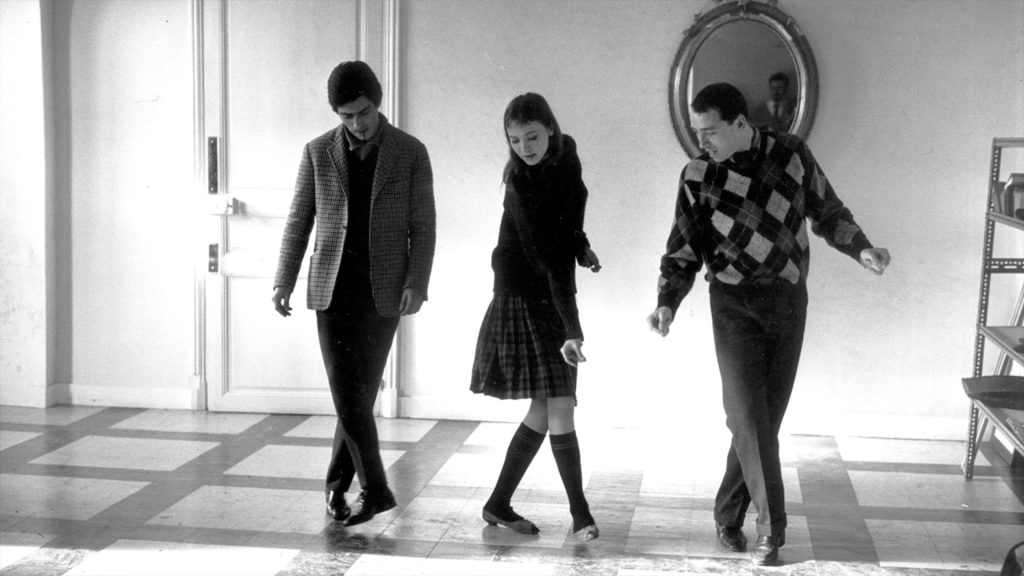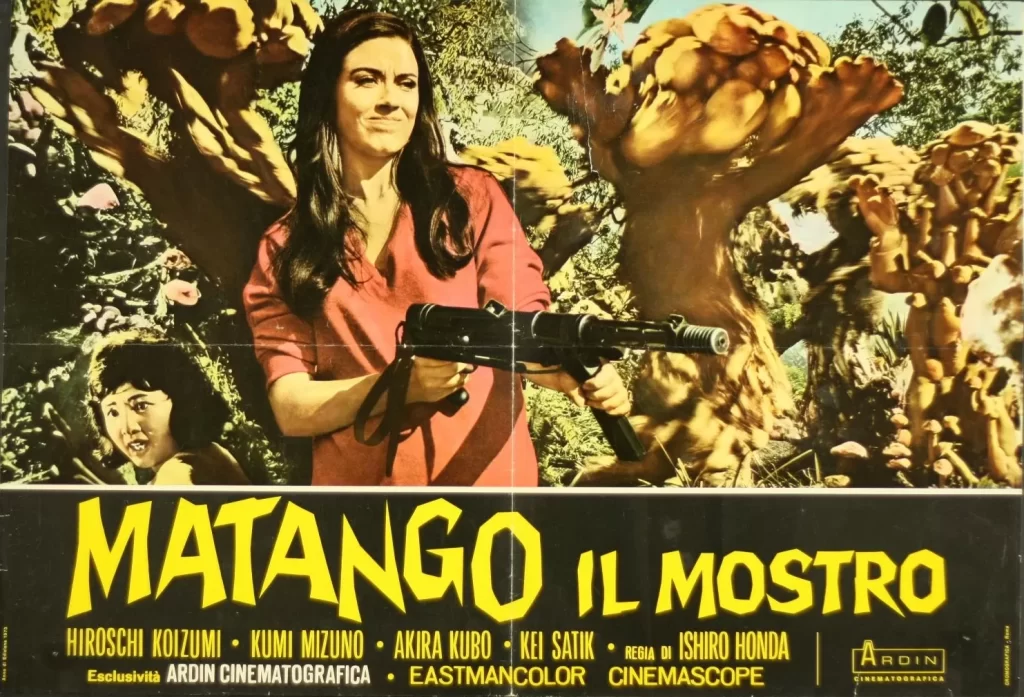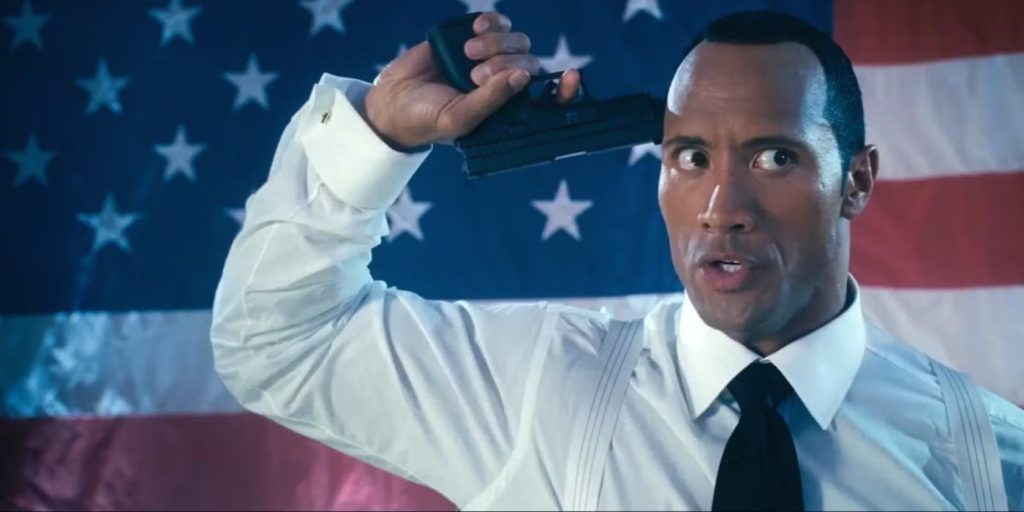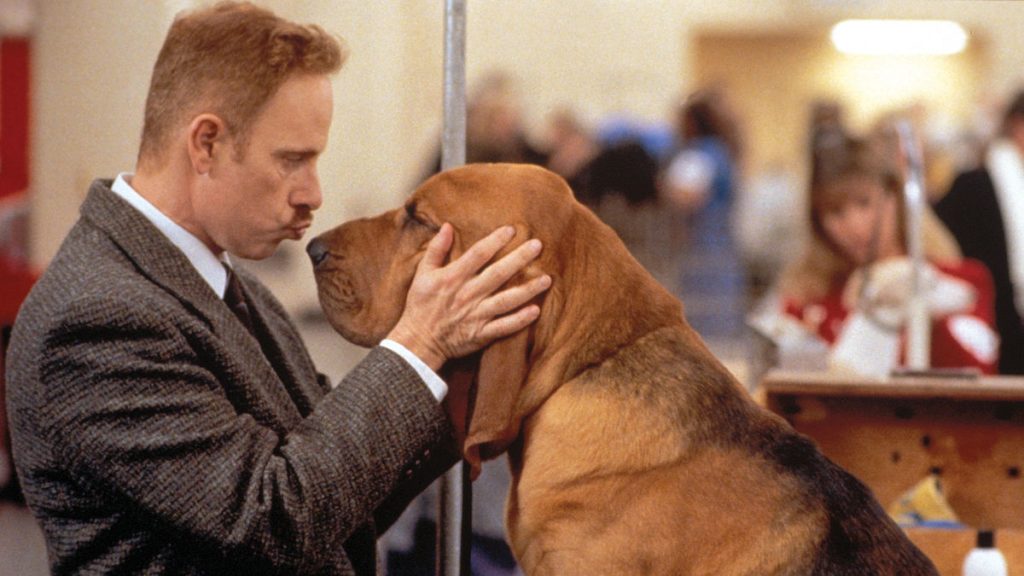After debuting with 1960’s Breathless, Jean-Luc Godard was one of the most prolific directors in the French New Wave of the early ’60s. Second only to Claude Chabrol (who had a two-year head start on him), Godard was on his seventh feature in four years when he made Bande à Part (a.k.a. Band of Outsiders) in the winter of 1964. A return to the Paris he knew like the back of his hand after the Technicolor and CinemaScope vistas of Contempt, which he made for producer Carlo Ponti, Band was a decidedly more modest affair. Shot handheld, in black and white and 1.33:1 by frequent cinematographer Raoul Coutard, it was the inaugural production for Godard’s Anouchka Films, named after one of his pet names for his wife and sometime leading lady, Anna Karina.
Their collaboration started with Le petit soldat, which was shot in 1960, but barred from release until 1963. (The French government was touchy about anything regarding the war in Algeria while it was still going on.) In the meantime, Karina top-lined 1961’s A Woman Is a Woman (for which she won Best Actress at the Berlin Film Festival) and 1962’s Vivre Sa Vie, and co-starred with Godard in Agnès Varda’s Les fiancés du pont Mac Donald, the slapstick short incorporated into Cléo from 5 to 7. Band of Outsiders was their first feature together in two years, and it presented Karina with a tricky role to play.
Unworldly and more than a little naïve, Karina’s Odile nevertheless seems interested in broadening her horizons since she’s taking an English class. After class one day, she tells another student about a stash of money belonging to one of the boarders at her aunt’s house and he, in turn, tells a friend who decides the thing to do is steal it. That’s where the film begins, with Odile’s classmate Franz (Sami Frey) driving his friend Arthur (Claude Brasseur) out to the suburbs so they can case the place.
Far from hardened criminals, Franz and Arthur play at being thieves in the same way they play-act Billy the Kid getting gunned down by Pat Garrett (resulting in Arthur performing an extended “death” scene) or a bull fight (with Arthur as the bull). They even take their cues from movies, insisting on waiting until nightfall to commit the robbery, “in keeping with the tradition of bad B movies.” One detail they make their own, though, is borrowing Odile’s black stockings to wear over their faces at the appointed time.

The allusions to American crime films start right out of the gate with the Columbia logo, but Band of Outsiders is nowhere near as straightforward as the noirs released by that studio. For starters, Godard’s narration is rife with digressions, and he even provides a recap eight minutes in “for latecomers arriving now.” The editing is also noticeably slack in places, with certain actions and lines of dialogue repeated across cuts. What would be considered sloppy in another director’s work comes across as an intentional exposure of the artifice of filmmaking when Godard does it, though. The same goes for having characters look directly into the lens or comment on the plot. (“The situation’s clear enough,” Albert says at one point. “But what isn’t clear is the part I personally have to play in it.”) Then there are the scenes for which the film is most famous.
Foremost among them is “The Madison,” which arrives at the exact midpoint – and hot on the heels of the “minute of silence” when the three of them run out of things to say. To demonstrate this, Godard kills the soundtrack entirely, but only lets it go on for 37 seconds before Franz says, “That’s enough. I’ll put a record on.” That’s the cue for Arthur, Odile, and Franz to do their dance routine, but even then, Godard cuts the music at intervals to narrate the inner thoughts of the characters as they’re literally going through the motions.
The other iconic scene is the trio’s mad dash through the Louvre the afternoon of the robbery. Of course, if they were serious about killing time, they might have stopped to look at a painting or two, but they had a record to beat – one set by an American, naturally. That they’re holding hands in the home stretch, with Odile between the other two, reflects the tug of war she’s in between them, although it’s obvious from whom she accepts a cigarette when both offer one who she’s drawn to. (Franz also pointedly misses Arthur and Odile’s first furtive kiss.)
In the closing moments, Godard teases a sequel – “in CinemaScope and Technicolor” – that never materialized. Instead, he and Karina made three more features (Alphaville, Pierrot le Fou, and Made in U.S.A.) before calling it quits. (They divorced in 1967 and never worked together again.) Even if audiences didn’t flock to It at the time, Band is an integral part of Godard’s ’60s run and a film of many pleasures. There may be more groundbreaking Godards out there, but few this fun.
“Band of Outsiders” isn’t streaming at present, but it can be had for a steal on Blu-ray from Criterion.



